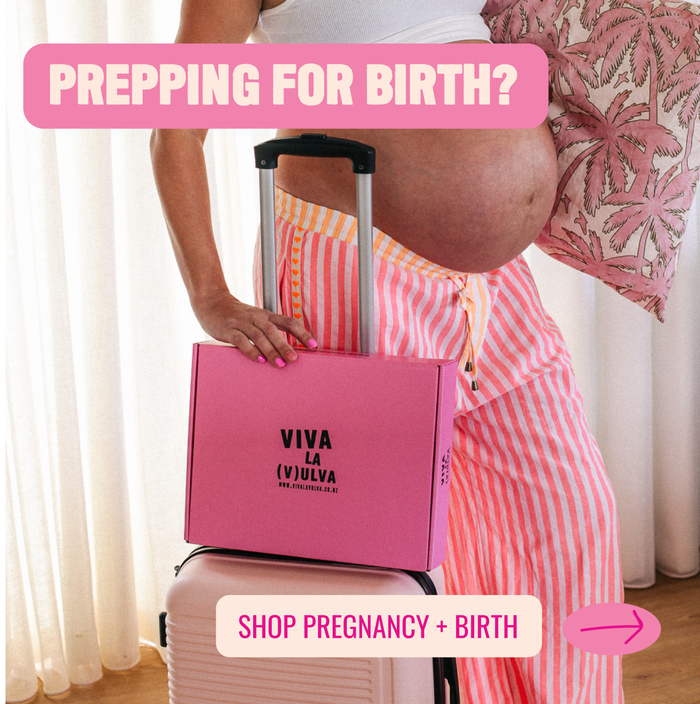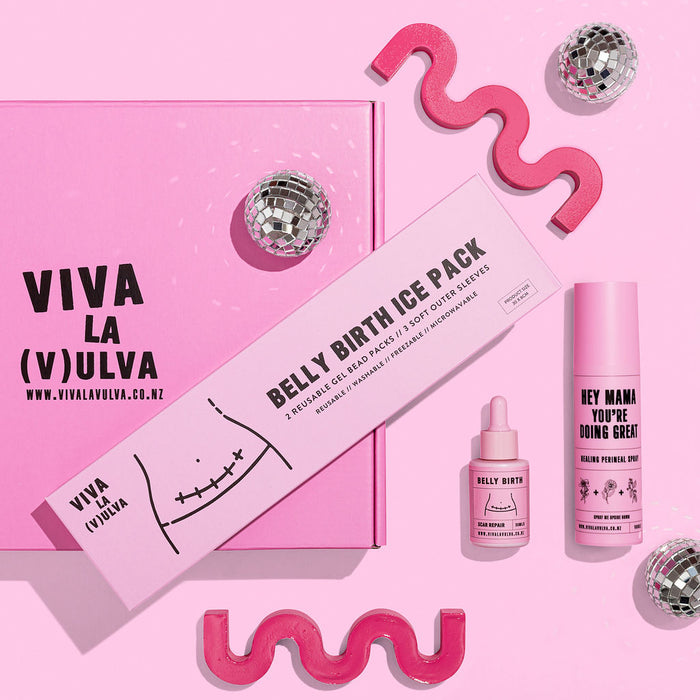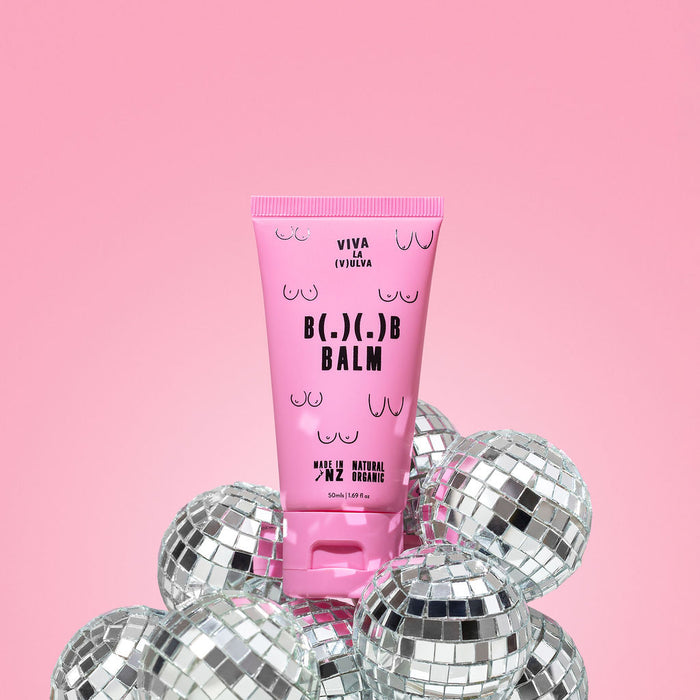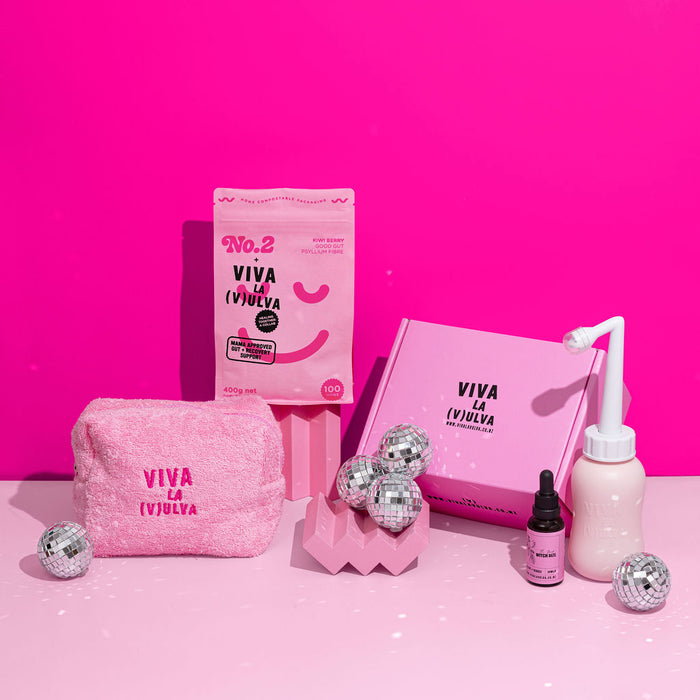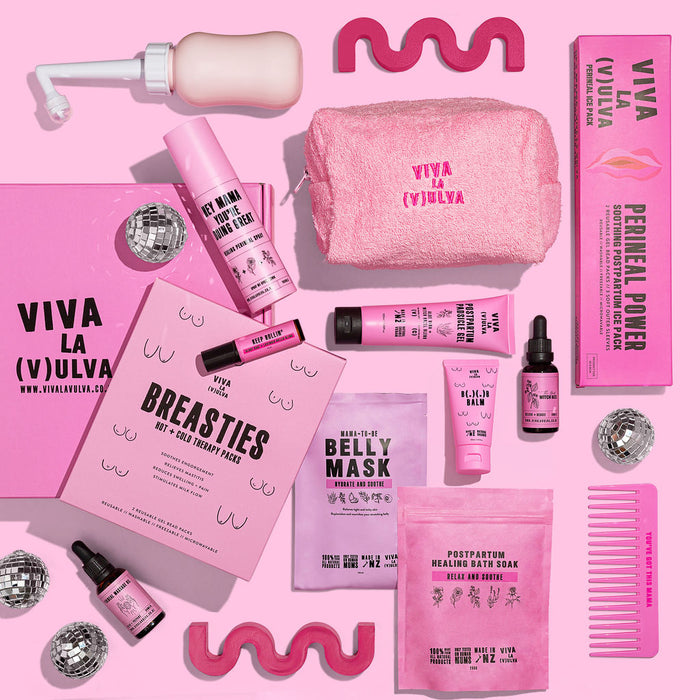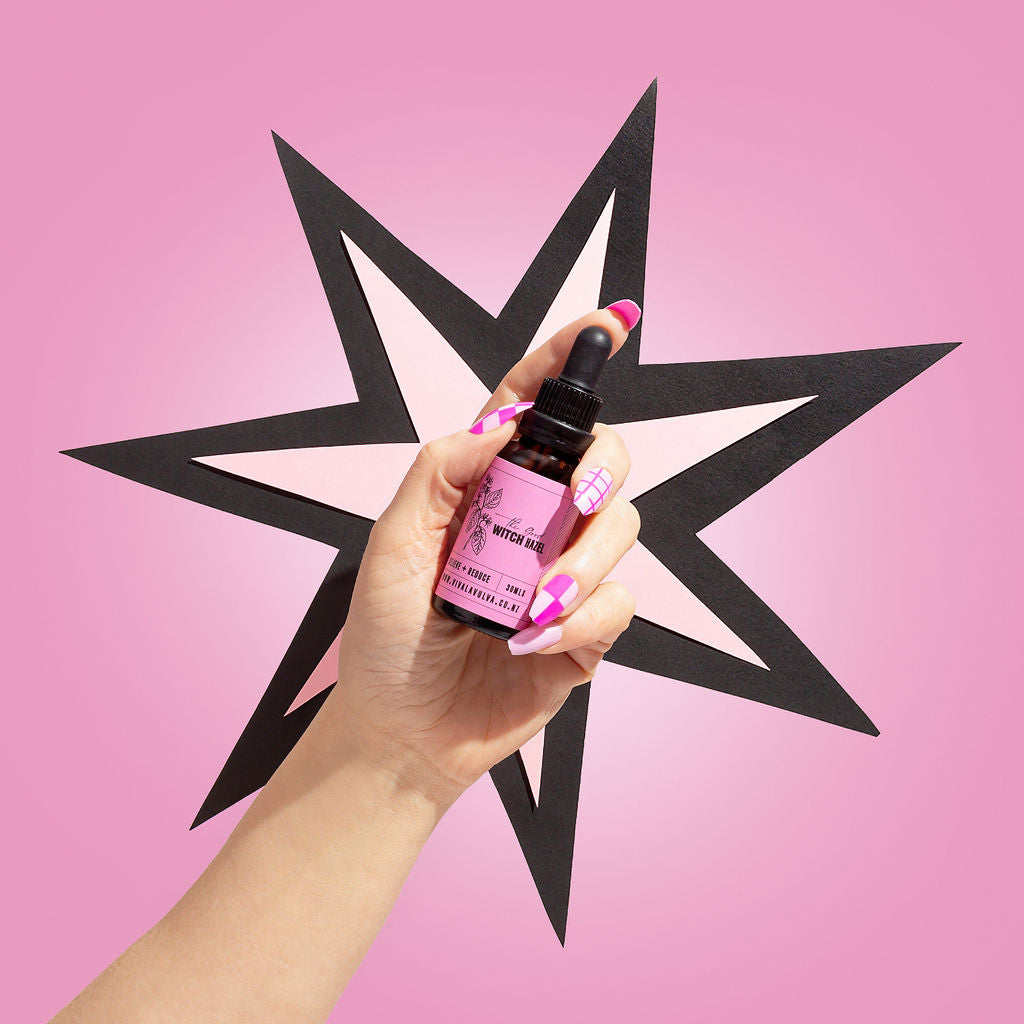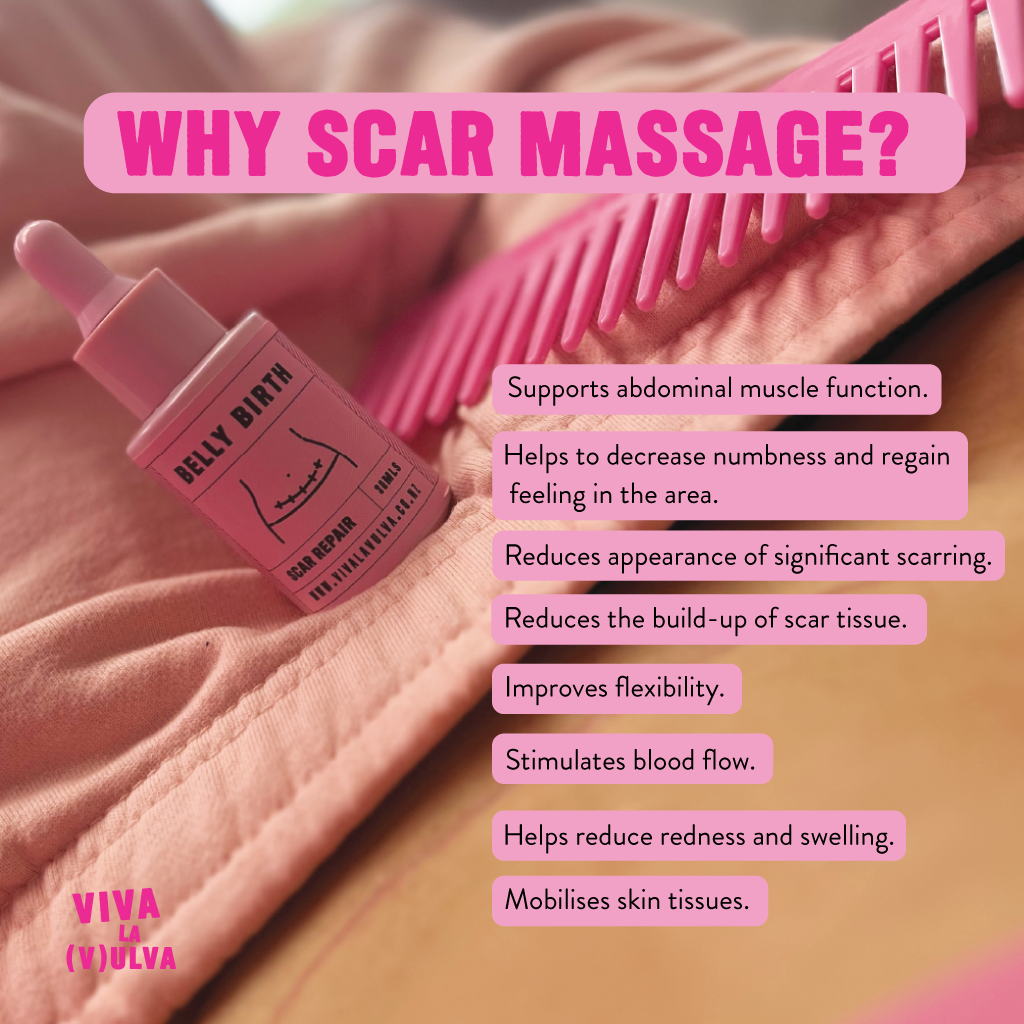
How to Belly Birth Scar Massage
A belly birth is no easy feat!
Whether it was planned or not, we think you are damn incredible. Scars are a part of our body's natural healing process, and this is one you should wear with pride. A C-section is a major surgery, cutting through seven layers of your body. Most major surgeries include some level of physiotherapy to support a full recovery, but this is currently not the case for C-section mamas, so we need to do it ourselves! Once initial surface incision has healed, using Belly Birth Scar Repair to massage the area can significantly aid the healing process. A scar massage mobilises skin tissues, reduces scar-tissue build up, stimulates blood flow, improves mobility and flexibility, relieves itching and may bring back feeling to the area.
Why is massage important?
On the surface, your C-section scar may feel numb in some areas or you may feel a tingling, pulling or tugging sensation. This is because your body is working hard to produce scar tissue and collagen to repair itself - magic! The reason for necessitating scar massage goes deeper than the surface scar it leaves behind. Remember seven layers of your body has been cut through; this includes abdominal muscle, which if not healed properly can sometimes restrict your full range of movement. Massaging the surrounding tissue can aid in making scars less noticeable but more importantly, it can improve muscle functionality and tissue mobility. *Please note, it is important to wait until your scar incision has healed on the surface before commencing your treatment to avoid tearing or infection.
Am I too late to begin scar massage?
Whether your C-section scar is new, several months, or several years old, scar massage can help you avoid problems down the track. Remember, it’s never too late! A C-section scar can take up to two years for the scar tissue to fully form, but the internal benefits of massage, of adhesion removal, of freeing up the layers of tissue to move more freely, will still be achievable. It may sound like a lot of work, but spending just a few minutes a day can do great things in releasing scar tissue and increasing mobility in your lower abdomen. Caring for yourself is important too! However, if you feel that there is no improvement after scar massage, or you continue to have pain and weakness in the area, see your primary care provider or pelvic physical therapist who can help.
What if I don't like touching my scar?
That's OK, you're not alone! We have created our Belly Birth Scar Repair oil with this in mind as we know many mamas feel this way too. We suggest starting off by very gently massaging the surrounding area to begin with, to get used to the massage sensation near the scar. You can work your way up to massaging the actual scar area when and if you feel comfortable. Still apply gentle pressure and you can use as much oil as you see necessary to avoid any uncomfortable rubbing. We really believe early treatment is so important and the benefits of massage will definitely pay off! You've got this mama! And we are right here with you.
Let's get into it:
For surface level massage, you can do this yourself. For a more deeper tissue massage we recommend seeing a professional like a pelvic floor physio or someone who specialises in scar massage!
Our Belly Birth Scar Oil is made purposely for belly birth scar massage - we have carefully selected natural oils for massage and skin repair properties. These include; Castor Oil, Olive Oil, Comfrey Oil, Jojoba OilFlaxseed Oil, Hypericum Oil Vitamin E, Lavender Oil
Massaging your scar:
Start out by gently massaging the area for a few minutes daily to help eliminate pain, alleviate numbness, heal nerve damage and restore normal tissue function. Moving to weekly massage as you see fit. There are a few different ways you can massage your C-section scar, do what feels comfortable for you. If you don’t feel comfortable touching your scar you can work around it.

Place 2 or 3 fingers about 3-4 cms from scar on either side. You can gently stretch the skin by moving your fingertips up and down around the entire scar. Try stretching side to side and clockwise or counterclockwise. Massage completely around the scar, then repeating each movement 5-10 times, (this should only take a few minutes).

Place your fingertips on the edges of the scar. Gently move you fingertips side to side along the incision. Start from the right side of your scar and gently run your fingers from the right side, through to the left side. Then gently go across the incision line from the left side, back to the right. Take your time, see how mobile the tissue is, as there may be some tightness in places. If you don't feel comfortable working directly on the incision, you can do these movements just above or below the scar.

Again, you can work either on the scar itself or just above and below. Gently move the tissue under your fingertips in wave like movements.
Benefits:
- Supports abdominal muscle function.
- Improves flexibility.
- Stimulates blood flow.
- Helps reduce redness and swelling.
- Nourishes dry itchy skin.
- Mobilises skin tissues.
- Reduces the build-up of scar tissue.
- Reduces appearance of significant scarring.
- Helps to decrease numbness and regain feeling in the area.
Please note:
It is important to wait until surface insicion has healed to avoid tearing or infection. This is usually around six weeks, (check with your lead maternity carer if it is ok to begin). Massaging for at least six months following surgery can help mobilise the scar tissue significantly and you are more likely to benefit from the massage. Stop massaging if your scar skin starts to feel warmer than the skin around it, if you are experiencing more pain than usual or if you notice any bleeding. Contact your lead maternity carer or medical professional if your are finding any discomfort for any reason.
Check out out Resources for mama to download a copy of this to keep on hand! Or you can grab our Belly Birth Scar Oil here
You've got this, mama! x

